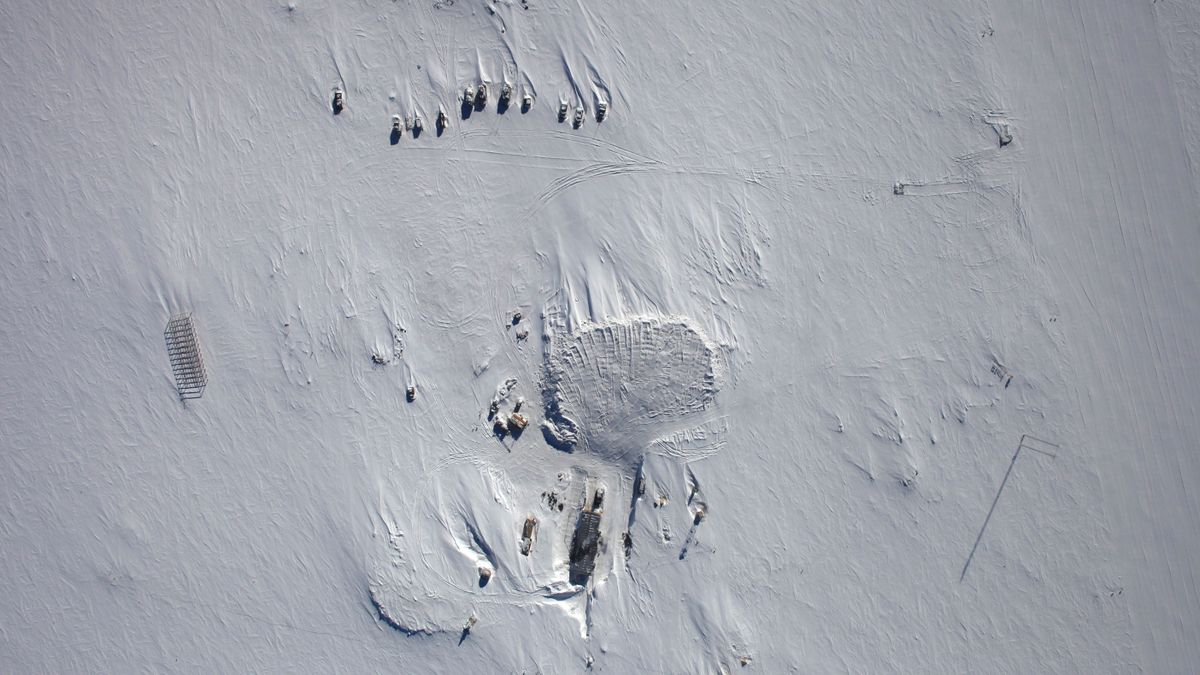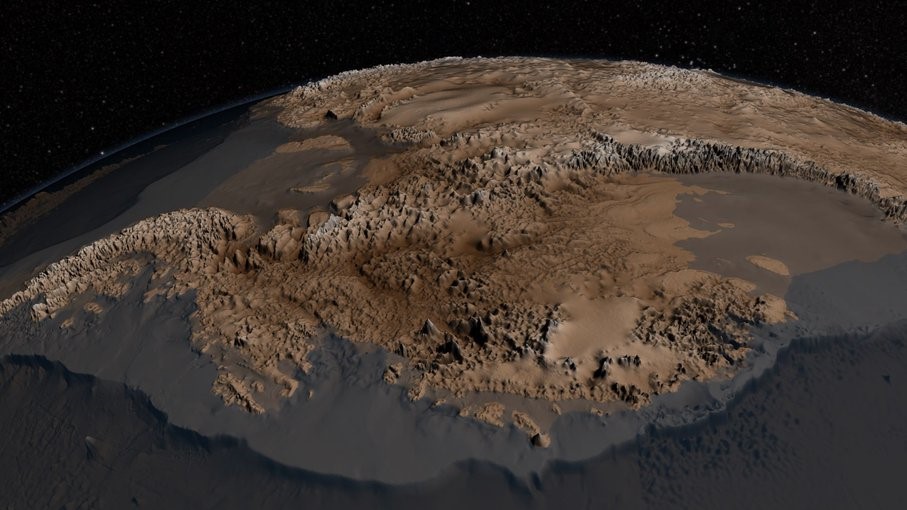
QUICK FACTS
Name: Lake Vostok
Location: East Antarctica
Coordinates: -77.45268382042562, 106.23142584023033
Why it’s incredible: This expansive lake ranks among the largest on the planet, concealed beneath miles of ice.
Lake Vostok is an enormous water body located in Antarctica, comparable in size to Lake Ontario in North America. However, unlike Ontario, Lake Vostok lies over 2 miles (3 kilometers) beneath layers of wind-swept snow and ice.
Originally, Lake Vostok was a substantial surface lake that became buried over 15 million years ago, with some estimates indicating it may have been encapsulated for even longer — 20 million years or more. Due to its isolation from sunlight and the atmosphere for an extended period, the lake is home to a distinctive ecosystem of extremophiles — organisms adapted to flourish in harsh conditions.
Related: Scientists explored an Antarctic lake hidden below ice and revealed a previously unseen ecosystem
Stretching about 150 miles (240 km) in length and 30 miles (50 km) in width, Lake Vostok holds the title of the largest among Antarctica’s over 400 subglacial lakes scattered across the region, formed by the melting of the ice sheet due to low geothermal heat.
This remarkable lake is situated close to Russia’s Vostok research station, approximately 800 miles (1,300 km) from the South Pole. Despite the station’s establishment in 1957, scientists were unaware of the lake’s existence until the 1960s. It was first identified from the air by a Russian geographer and pilot, who spotted the unusual flat and smooth ice surface above it.
In 1993, advancements in satellite radar technology allowed researchers to detect the lake beneath the thick ice. Ultimately, in 2012, the team at Vostok successfully achieve their long-standing goal of drilling to the lake.

At its southern end, Lake Vostok reaches a depth of approximately 0.6 miles (1 km), whereas the north and southwest sections are notably shallower. Recent studies of the lake’s bottom, which include mapping efforts, revealed a ridge that separates the deeper regions from the shallower ones, likely containing hydrothermal vents comparable to those found in the Pacific Ocean.
The lake’s primary water source is the ice sheet that blankets it. The water temperature hovers around 27 degrees Fahrenheit (minus 3 degrees Celsius), yet it remains in a liquid state due to the immense pressure exerted by the ice overhead, which depresses the freezing point of water.
Numerous microbial species thrive in the lake, including various marine organisms that indicate it may have once connected to the ocean. During sampling of the frozen layer of water, known as accretion ice, situated above the lake, researchers discovered DNA from over 3,500 species, encompassing fungi and bacteria typically found in the guts of fish.
Due to the absence of light, which limits photosynthesis, these organisms have adapted to derive their nourishment from minerals present in the water and chemicals from the bedrock. Researchers believe studying these extremophiles could yield insights into potential life forms on other celestial bodies, such as Europa, one of Jupiter’s moons.
Explore more about extraordinary places, where we delve into the rich history and scientific developments behind Earth’s most remarkable landscapes.









